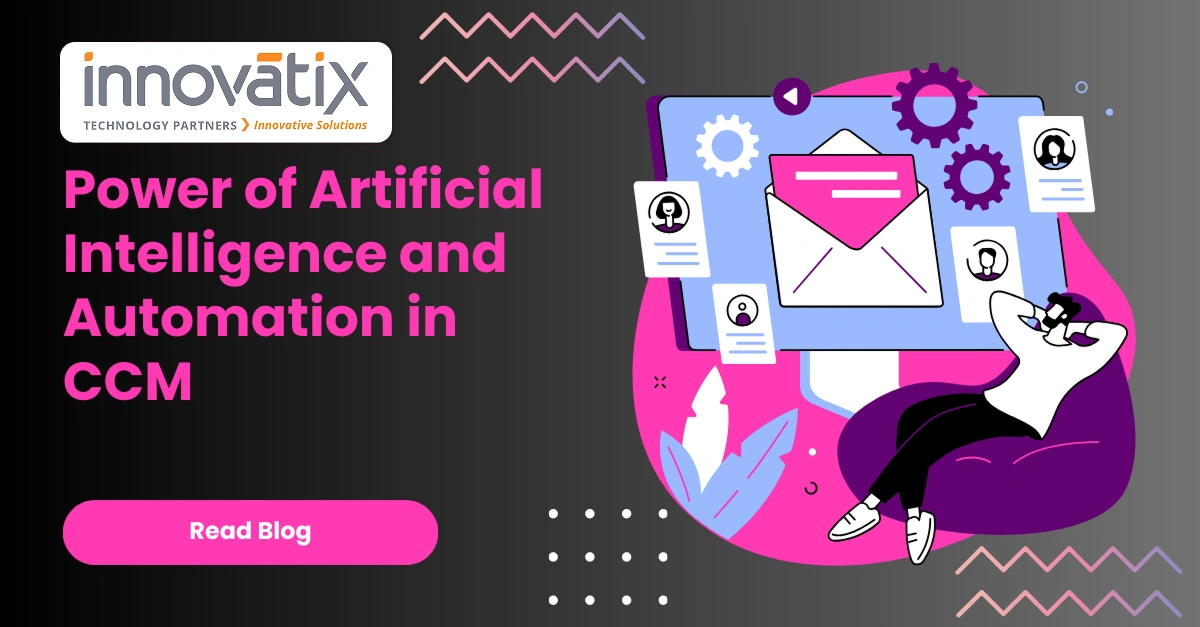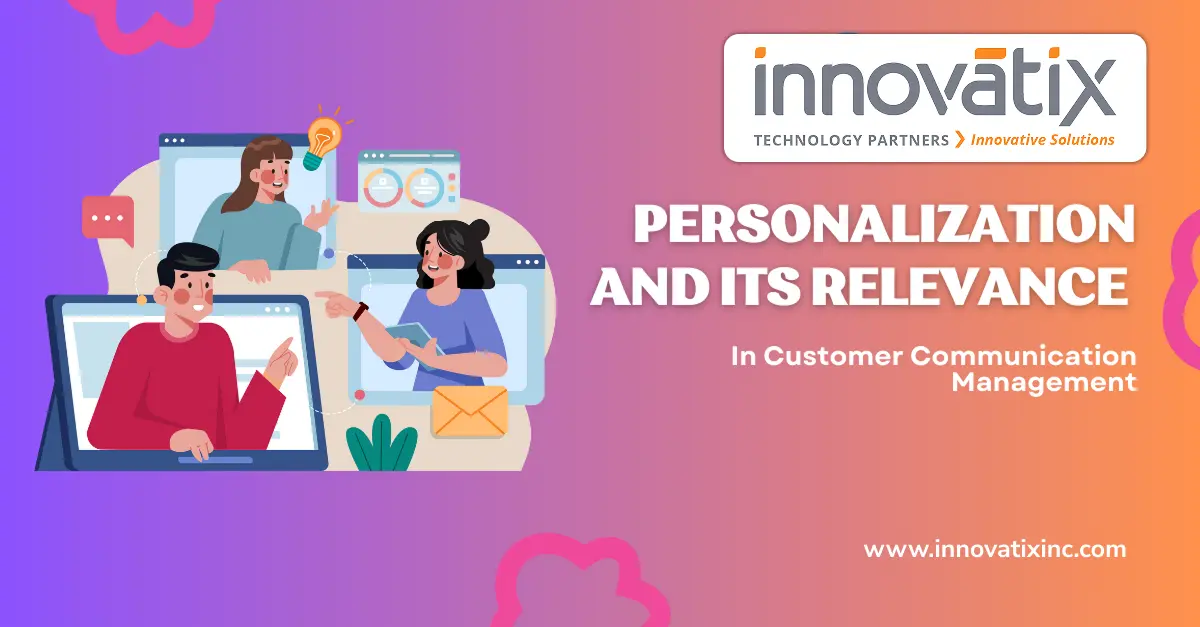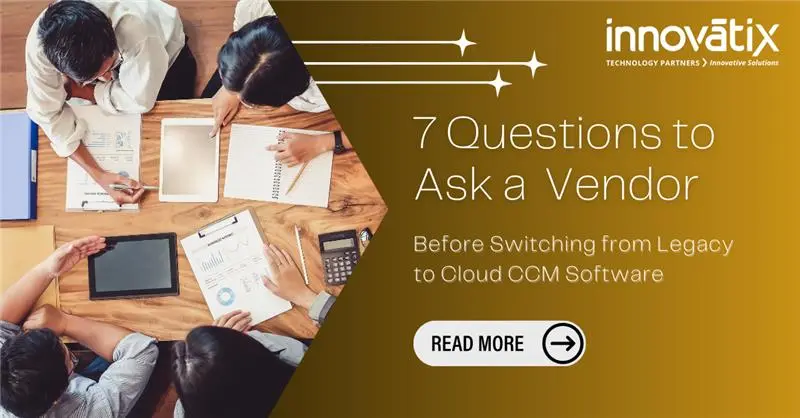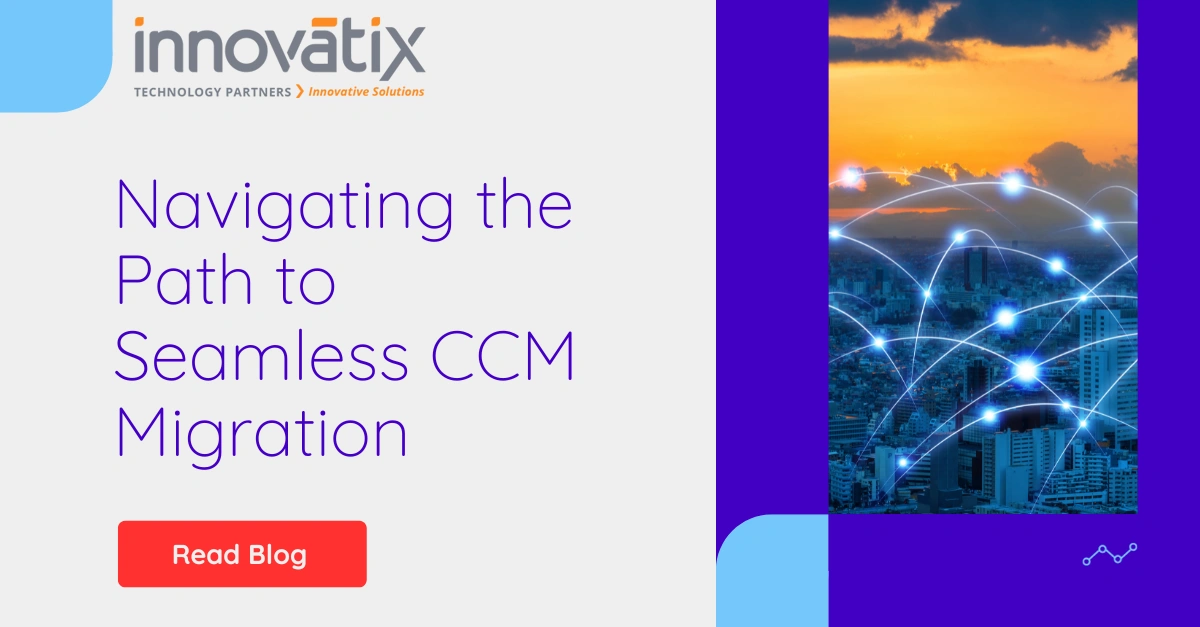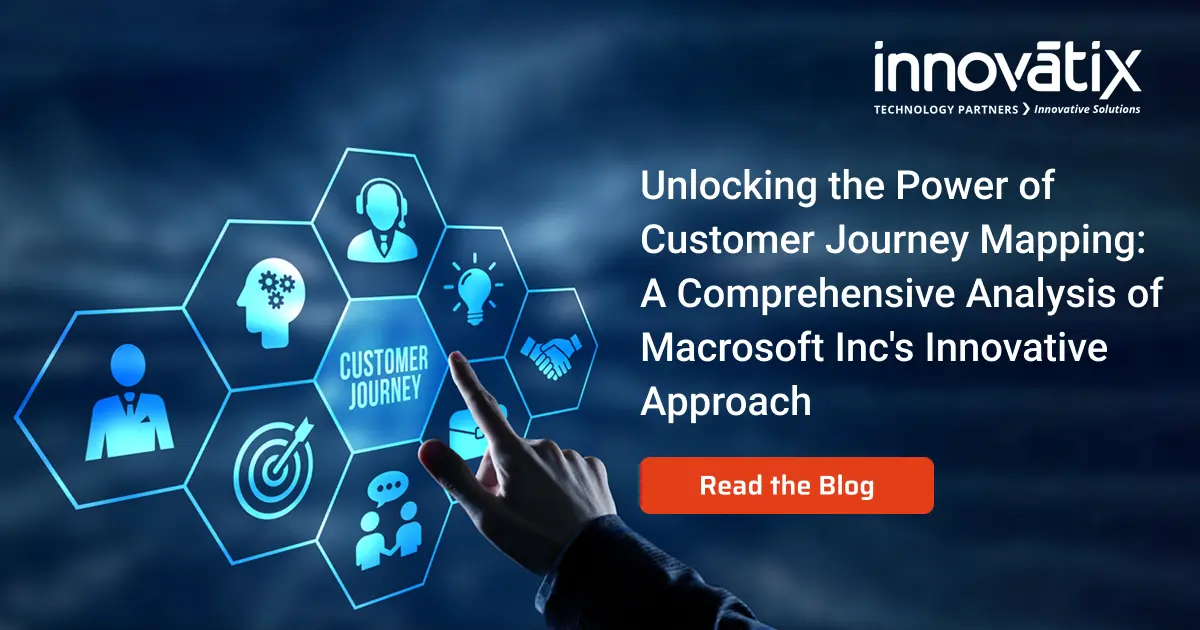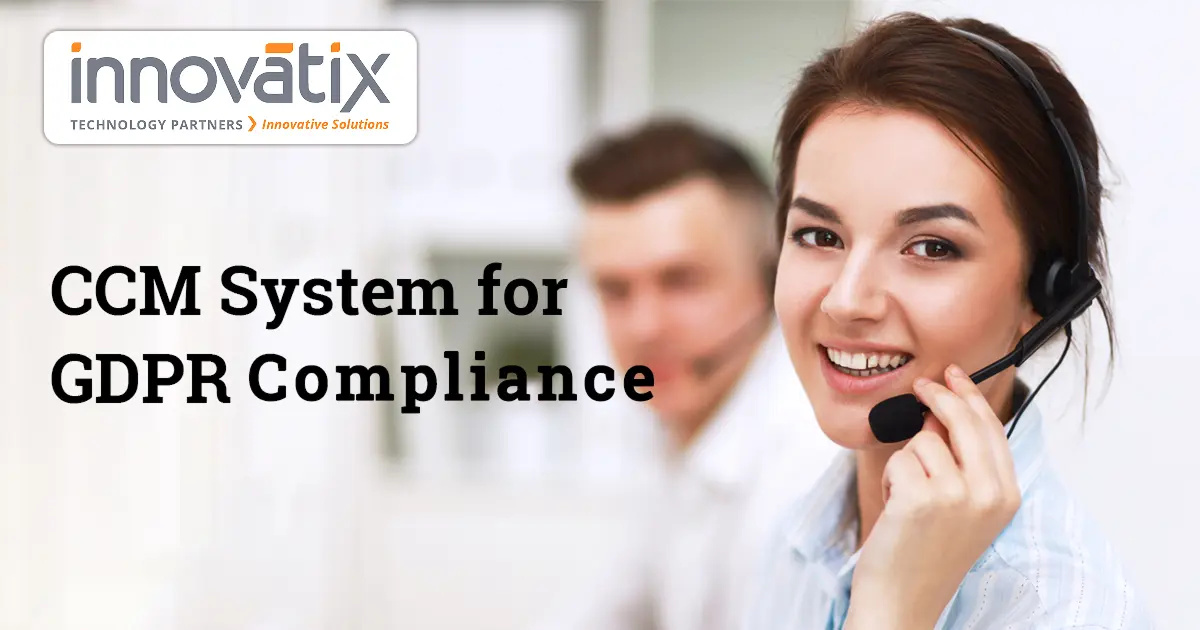Streamlining Mortgage Operations: CCM’s Role in Reducing Operational Costs
The domain of mortgage operation encompasses numerous challenges abound, specifically pertaining to the optimization of processes and the continual evolution of customer requirements. The manual nature of tasks not only hampers speed but also escalates operational costs. Enter Quadient® Inspire, a Customer Communications Management (CCM) solution that champions Operational Efficiency (OE) through the Mortgage Lifecycle, aiming to alleviate these challenges and pave the way for streamlined operations and cost reductions. The Landscape of Operational Costs Manual tasks have long been the Achilles’ heel of mortgage operations. As customer demands constantly evolve, the reliance on manual processes becomes an obstacle. These time-consuming tasks inhibit agility, rendering businesses unable to swiftly adapt and remain efficient in a landscape where speed is key. Challenges Faced by Lenders in Mortgage Operations Mortgage operations encompass a wide range of processes, from origination and underwriting to servicing and foreclosure. These processes are often complex, manual, and time-consuming, leading to several challenges for lenders: How CCM Supports OE in Mortgage Operations Quadient’s enterprise CCM solution, Inspire, addresses these challenges by providing a centralized platform for managing all customer communications throughout the mortgage lifecycle. It offers a range of features that streamline operations, enhance compliance, improve customer experience, and automate process, ultimately reducing operational costs. 1. Unified Communication Platform Inspire consolidates communication channels into a single platform, enabling seamless delivery of loan communications across various channels like email, phone, SMS, and print. This consolidation streamlines processes and ensures compliance while facilitating meaningful interactions with consumers across diverse lines of customer communications. 2. Empowering Personalized Communications With Inspire, communication teams are empowered to craft compliant, personalized communications effortlessly. Whether it’s on-demand or batch communications, the platform enables the creation of tailored messages within minutes, reducing dependency on IT support and ensuring compliance with regulations. 3. Addressing Varied Customer Preferences The Inspire platform tackles the challenge of differing customer communication preferences by providing a standardized approach to communications. Regardless of the channel or customer communication preference, it ensures a consistent and personalized experience, mitigating the hurdles posed by non-standard template creation and diverse customer preferences. 4. Automated and Scalable Processes Inspire automates many manual tasks involved in mortgage communications, such as generating documents, sending notifications, and tracking customer interactions. This automation reduces the workload on staff, improves turnaround times, and lowers operational costs. Benefits of CCM for Mortgage Lenders By implementing a CCM solution like Inspire, mortgage lenders can achieve significant benefits, including: Use Case: Streamlining Mortgage Servicing Communications Inspire has been used to streamline mortgage servicing communications helping them to reduce operational costs while improving the customer experience. Examples of how lenders have leveraged Inspire include: Core Messaging in Mortgage Operations In the fast-paced mortgage industry, changes occur rapidly. Inspire addresses this challenge by facilitating quick and efficient modifications to communication templates and strategies, ensuring businesses can adapt swiftly without compromising quality or compliance. Diverse customer preferences often result in the creation of multiple templates, increasing complexity and hindering operational efficiency. Inspire’s standardized approach streamlines template creation, reducing complexities and enabling a more agile response to customer demands. Customers have varied preferences for communication channels. Inspire is a unified platform ensuring a consistent and personalized experience across all channels, mitigating the challenge posed by diverse customer preferences. Connecting the Dots: CCM’s Role in Reducing Challenges Customer Communication Management (CCM), exemplified by Quadient Inspire, serves as the cornerstone in reducing the challenges faced within mortgage operations. By consolidating communication channels, empowering personalized communications, and addressing diverse customer preferences, organizations can enhance operational efficiencies, thereby reducing costs and enhancing overall customer experience. Conclusion The partnership between Innovatix and Quadient marks a pivotal step towards revolutionizing mortgage operations. By leveraging the transformative capabilities of Quadient Inspire, Innovatix Technology Partners, a Macrosoft, Inc. company stands at the forefront of reducing operational costs and enhancing efficiency throughout the Mortgage Lifecycle. This collaboration not only addresses the existing challenges of manual processes and diverse customer demands but also signifies a commitment to continually adapt and evolve as per the ever-changing marketplace of mortgage operations. Through this partnership, the industry can anticipate streamlined processes, reduced operational costs, and an elevated standard of customer-centric communications, marking a significant milestone in the pursuit of operational excellence within the mortgage sector.



